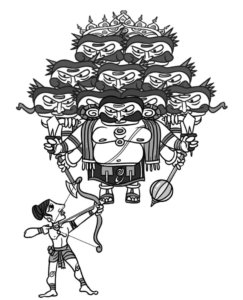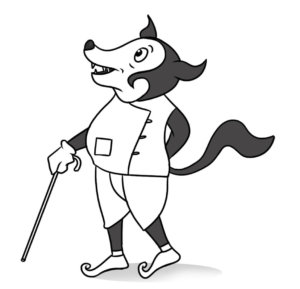“ Pogo was exploring to shut down the channel, and I too had had a long journey with failures by then. A lot was riding on Chhota Bheem.”
― RAJIV CHILAKA, CREATOR OF CHHOTA BHEEM
For the USA, it all started with a dream and a mouse back in 1928. Since then, the animation industry’s journey over there has been no lesser than a fairy tale story.
Whereas in India, it all started with a dream and a couple of deer in 1957 when “The Banyan Deer” captured the attention of our audiences. But soon, the dreams of the illusion of life faded away like an illusion itself, and the Indian animation industry never came into the picture despite the massive success of international shows in the coming years.
Until Chhota-Bheem debuted almost a decade ago in the midst of an era where international heroes like Spiderman, Batman, Supermen once again started to regain their powers and control over the audiences.
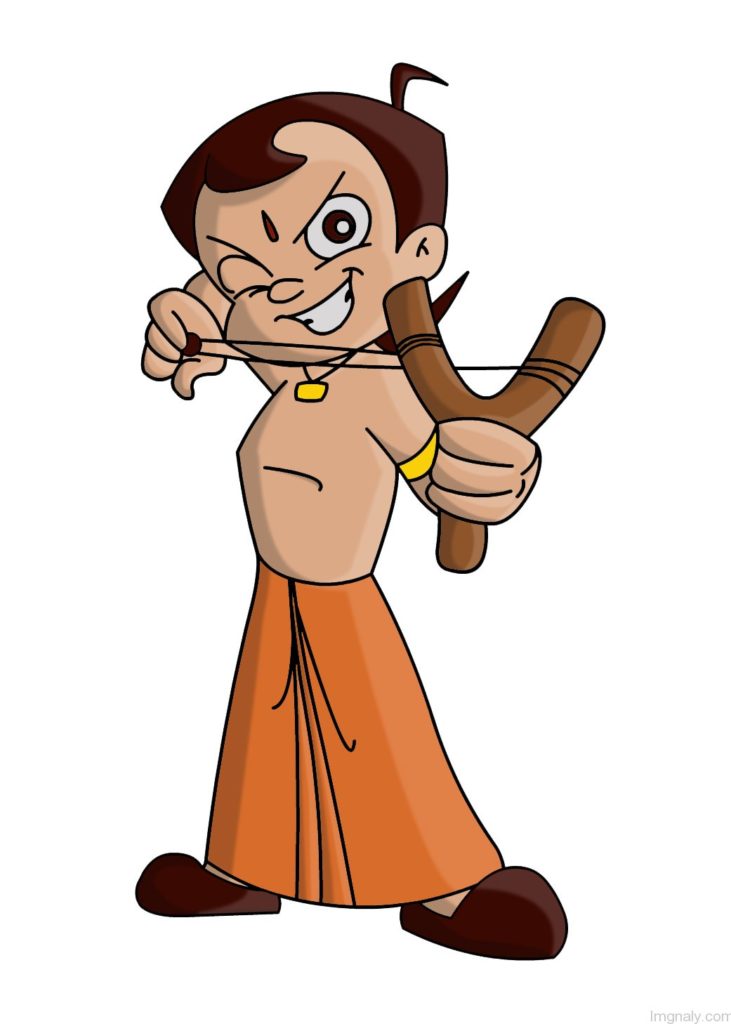
Both DC and Marvel are filled with thousands of heroes, each with their own story, characteristics, and decades of evolutionary enhancement. And despite the vast popularity and better technicality of international superheroes, our local boy managed to pave its way and become a fan favorite amongst kids. So what it’s about Chhota-Bheem specifically that resonated with kids so well and makes it so big?
Created by Rajiv Chilaka, Chhota Bheem debuted on Pogo in 2008, a channel struggling to survive at that time. Despite facing constant rejection for years, the network decided to take a chance with it, and they gave it a green signal, or should I say, “Green Gold” signal. And it’s Chhota Bheem’s practicality, simplicity, and psychological connectivity that helped him to resonate with our children so well. And it became the brand that it is today.
It’s a show that redefined the conventional superhero genre by understanding the kid’s state of mind and impatience for origin stories. As it can be boring to watch sometimes, even as an adult. Kids want to see things and people in action, and that’s what Chhota Bheem provided right from the go.
Every kid secretly dreams of being a superhero, and Chhota Bheem was a character that provided that hope without being preachy. It’s a character who likes to hang-out with friends, eat sweets, and fight bullies, things that most of the kids long to do. And yes, he doesn’t have to bear the burden of education either, which can be controversial to term as a positive trait, but it’s a dream come true for many kids.
The idea that you don’t need technology, money, fancy clothes, genetically gifted parents, or be a victim of some scientific experiment to have the superpower empowers the kids to utilize what they already possess and stay grounded to their roots.
And the most crucial factor is that Chhota Bheem deals with his own problems despite being small. And unlike other superheroes who are dealing with the complexity of their dual identity, Chhota Bheem takes a straightforward approach to be himself all the time. Which makes it easier for kids to empathize with him without keeping track of multiple issues that other heroes go through.
Another vital element Chhota Bheem has is that he is a guy with good intentions. He does not have any selfish motto behind his undertakings. He is a guy who will help and fight any evil for society without expecting anything in return. He is an epitome of a friend we all need and wish for. Someone who is always there for us, someone on whom we can depend, someone who can help us to sail through the obstacles life throws at us.
But as they say, “With great powers comes great responsibilities.” Even though Chhota Bheem managed to stay in our hearts and transformed into Super Bheem. Somewhere down the line, the good-spirited boy needs to grow up as a character if he wants to continue to endure amongst the lights of other great Superheroes.
A year ago, I got the opportunity to work on the new season of Chhota Bheem. And on the honest note, because of Bheem’s iconic image, he is trapped under so many moral codes of conduct that, as a writer, it takes the fun element out of it.
Just like Superman, Chhota Bheem is the epitome of perfection and is truly invincible. But Superman at least has a Kryptonite to fear. With Chhota Bheem, he has no such weaknesses to explore; no internal flaws or external forces could defeat him. And that is one reason adults have difficulty relating to it. Because for many, character’s shortcomings make them human and exciting to watch.
And these qualities of perfectionism aren’t just limited to the main protagonist of the show. If you observe carefully, even his friends are incorruptible, loyal, well-behaved. And one thing I really found strange to deal with is that they don’t have their own opinions, never oppose Bheem’s views and blindly follow his orders. All these things really make them come across as flat in terms of personality traits, and it is hard to distinguish their unique qualities.
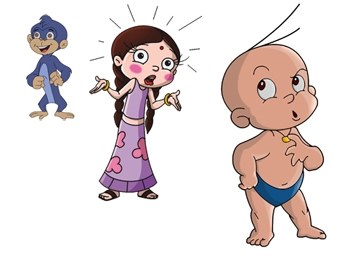
But as a writer, I love to take challenges and, so in many episodes, we managed to find a way to make Bheem and his team look helpless and made them go through situations that we as humans can resonate with.
For example, in one of the episodes, I took away Bheem’s luck factor that made him a victim of series of unfortunate events. Right from something as trivial as tripping on a banana peel to something as bizarre as getting swallowed by a giant anaconda to something as painful as getting struck by lightning (twice).
All these scenarios give the episode a refreshing touch. And it will be surprising for loyal fans to see Bheem struggling with daily activities. It was an excellent opportunity for me to execute what I always felt the show needs to incorporate to take it further. And despite my initial doubts, fortunately, the Green Gold and Turner team gave their approval to it, and I am very thankful for it.
Another major challenge with Bheem and the team is that they are ten-year-old adults. Yes, I hardly see them making the mistakes that children of their age will commit. They rarely ever make fun of each other and deals with any obstacles like a fully grown adult. I understand that all these factors are actually the USP of Chhota Bheem and made it a success today.
But the same reasons make it hard for the writers and animators to work a gag around the main characters and are restricted to show them in a good light all the time. I understand that Chhota Bheem is a huge brand, and the creators are playing it safe with it. But they need to stop taking it so seriously, and they need to have fun with it.
Let the Characters sometimes act according to the situation rather than what the guidelines expect them to act. Let them alter their approach towards the problems, let each one of them have their own opinions, let them work around their differences. And, most importantly, let them be kids, which will make them unpredictable and exciting to watch, even for adults.
It’s been more than a decade since Chhota Bheem aired on TV, and we didn’t see any development in his or his friend’s core values, conducts, and psychology. What we really need to understand is that the reason why heroes like Batman, Superman, Spiderman continue to entertain, educate, and inspire us is that they evolved with time.

Just like us, these characters learned from their mistakes, worked on their flaws, and dealt with issues that we, as growing adults, can relate to. They continue to make us aware of the fact that life isn’t as easy as we think. And sometimes, we need to make a decision that might not satisfy everyone. Sometimes we need to make selfish choices. Sometimes we need to hide behind a mask for the wellness of our loved ones, and sometimes even superheroes need help.
I understand that Chhota-Bheem is for specific target audiences, and it’s perfect in its own sense. But it will be great to see our little one growing up, just like we all do in life.
What are your thoughts on the show, do share your valuable opinions in the comment section below?
This was the fourth chapter of the series “The Faults In Our Art!” do check out others by clicking on the given link.
And I request you to please subscribe to my blog by filling the form below? 🙂
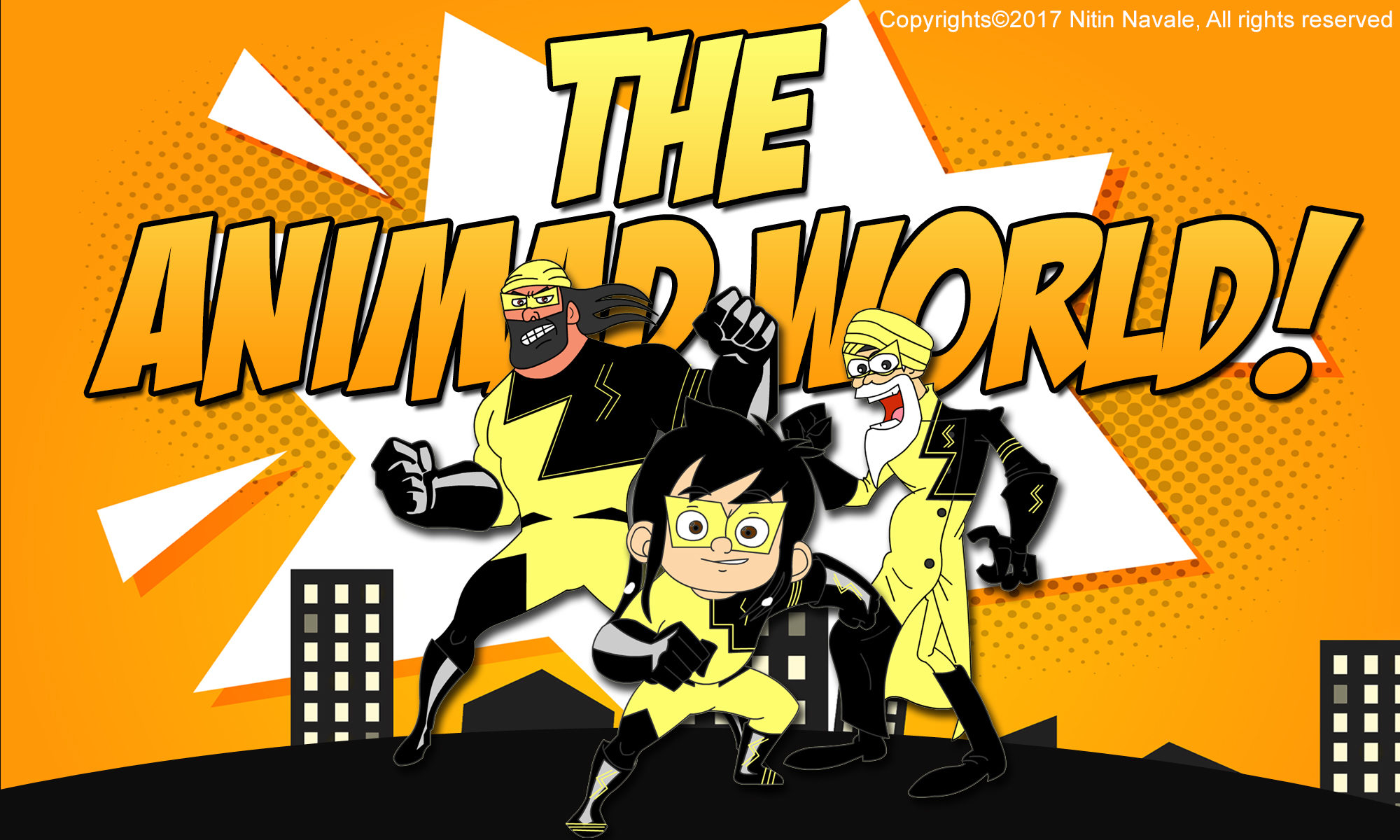

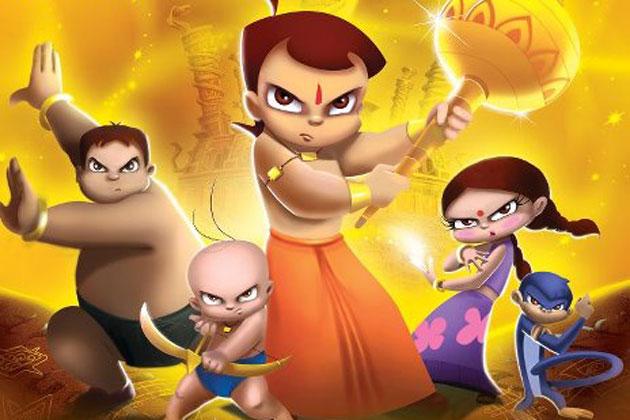
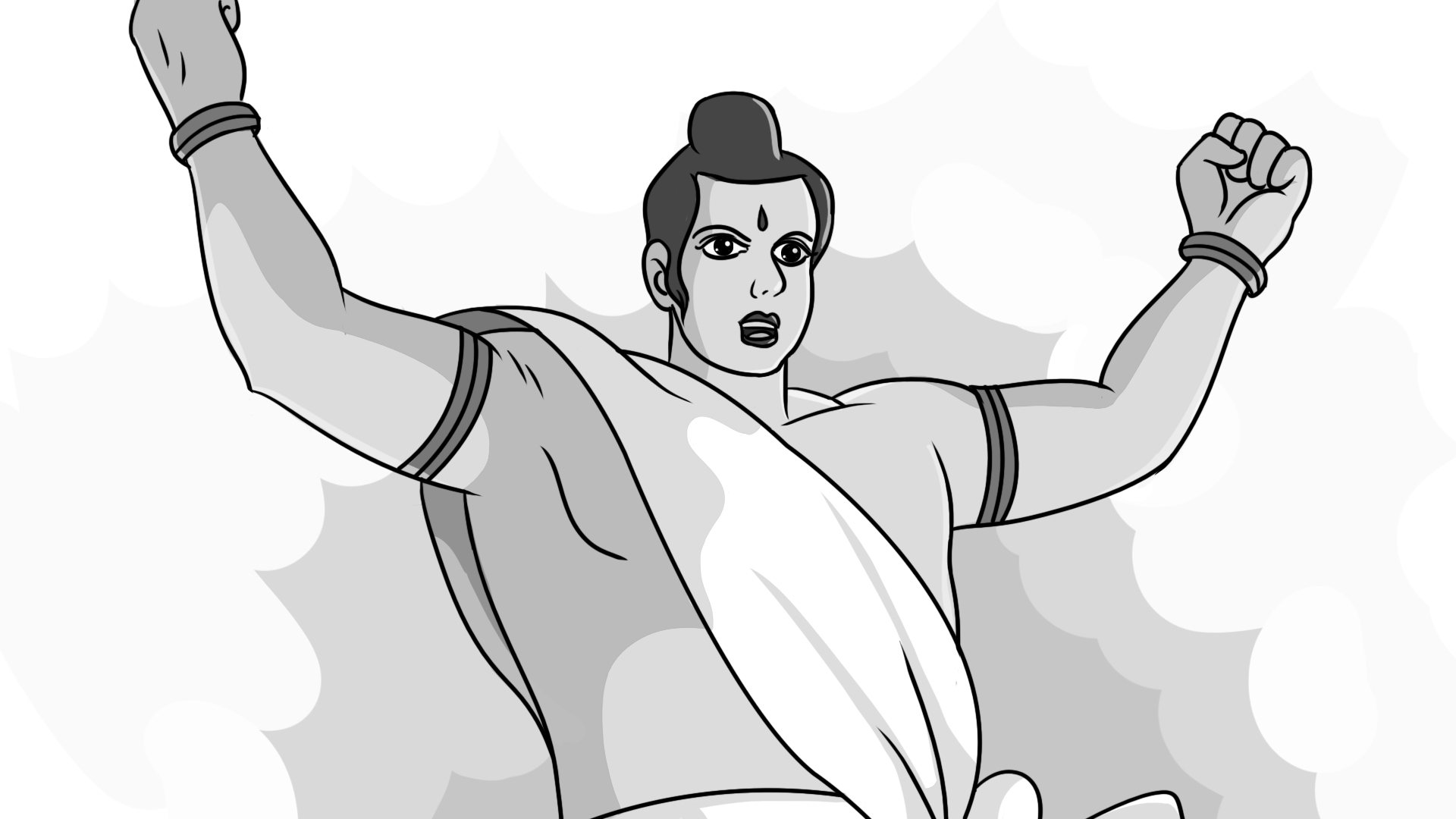

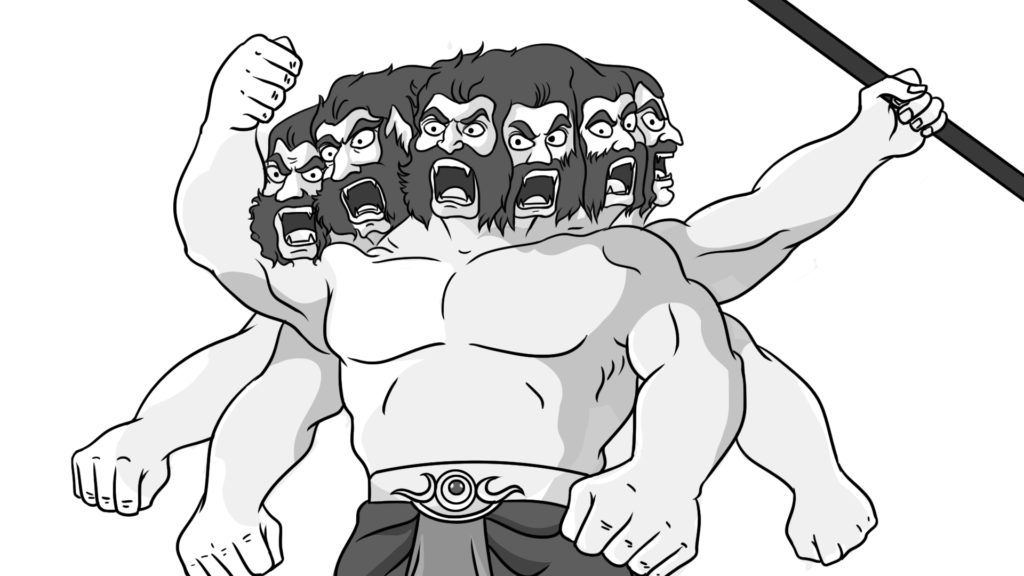
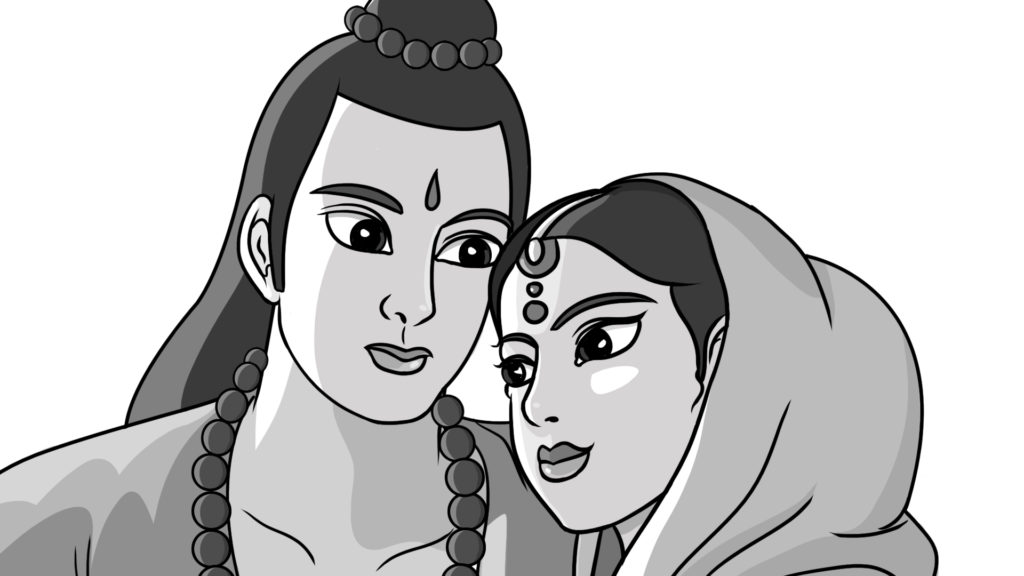 But next came the tricky part: The studio wanted to alter the storyline, sending Ram and Sita into the forest for their honeymoon and substituting the entire myth of fourteen-year exile or Sita’s abduction. They wanted to turn it into a straight adventure concept despite it being a perfect plot in all sense. The producers and Yugo disagreed with it and parted away with the studio as it was clearly against their sensitivity, which eventually prevented it from gaining a wider release.
But next came the tricky part: The studio wanted to alter the storyline, sending Ram and Sita into the forest for their honeymoon and substituting the entire myth of fourteen-year exile or Sita’s abduction. They wanted to turn it into a straight adventure concept despite it being a perfect plot in all sense. The producers and Yugo disagreed with it and parted away with the studio as it was clearly against their sensitivity, which eventually prevented it from gaining a wider release.





 •1) Change the field: –
•1) Change the field: –  •2) Keep patients: –
•2) Keep patients: –  •3) Be the change: –
•3) Be the change: – 
